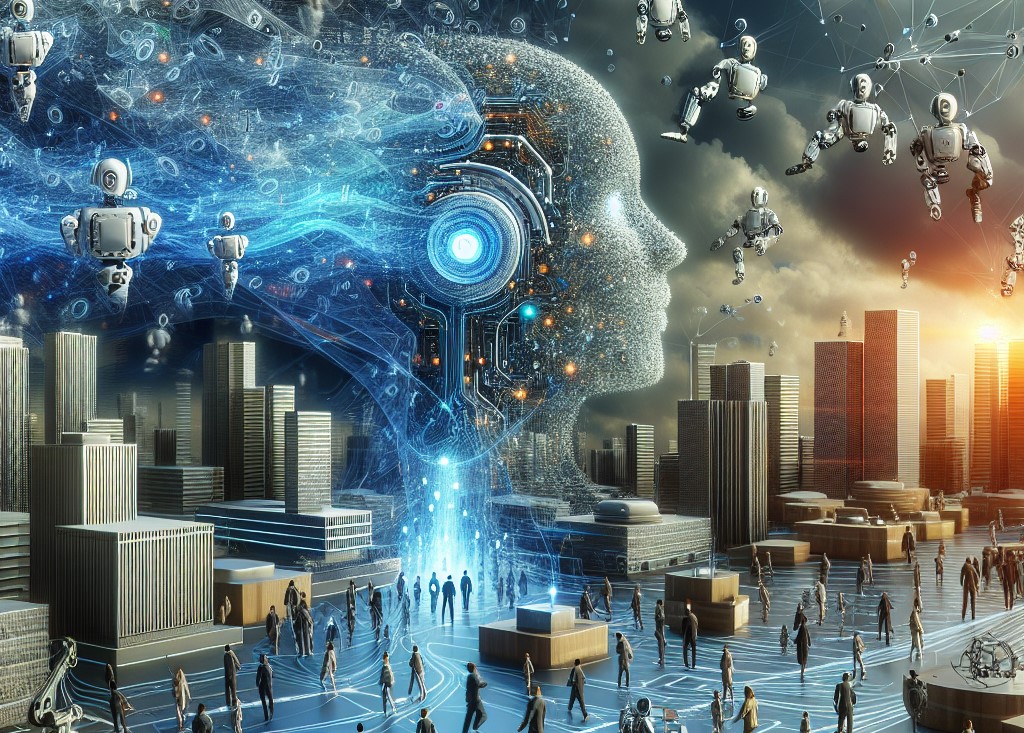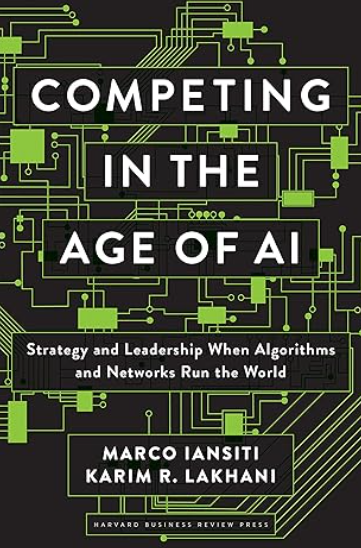AI technology has opened up new possibilities for software developers and UX designers, enabling them to create more sophisticated and intuitive products. One of the most exciting developments in this realm is prompt engineering (PE). This emerging discipline is focused on crafting user-friendly prompts, such as those found in chatbots and virtual assistants, to significantly enhance the user experience. PE involves designing interactions that are not only functional but also engaging and easy to navigate for users of all technical backgrounds.
As AI continues to evolve and integrate into everyday applications, the role of PE is becoming increasingly important in the development of user interfaces. This specialization ensures that complex AI-driven systems remain accessible and beneficial to users, ultimately leading to more successful and user-centric products.
What is Prompt Engineering?
Prompt engineering involves designing and implementing prompts that help guide users through interactions with technology. These prompts can take various forms such as text-based messages, graphical cues, or audio instructions. The goal of prompt engineering is to make these prompts intuitive and easy for users to understand, ultimately enhancing their overall experience with a product or service.
PE draws heavily from principles of human-computer interaction (HCI) and usability design. It aims to create prompts that are clear, concise, and relevant to the task at hand. This helps reduce confusion and frustration for users, leading to a more positive experience and increased engagement with the technology.
What educational background is required to become a prompt engineer?
PE is a multidisciplinary field, requiring knowledge and skills in various areas such as software development, design thinking, psychology, and communication. Many prompt engineers have backgrounds in computer science or UX design, but there are also individuals with degrees in fields like cognitive science or human factors engineering.
Additionally, staying updated on the latest developments in AI technology is crucial for prompt engineers to effectively incorporate prompts into user interfaces. This could involve attending conferences and workshops, reading research papers, or taking courses related to AI and machine learning.
Moreover, having a strong understanding of the target audience and their needs is essential for successful prompt engineering. This may involve conducting user research and usability testing to gather insights on how users interact with prompts and how they can be further improved.
The Role of AI in PE
With the advancements in artificial intelligence (AI), prompt engineering has become more sophisticated. AI-powered chatbots, virtual assistants, and voice recognition systems all rely on well-designed prompts to effectively communicate with users.
One key advantage of using AI in prompt engineering is the ability to personalize prompts based on a user’s specific needs and preferences. With machine learning algorithms, systems can analyze user data and adapt their prompts accordingly, making them more effective and tailored to each individual user.
Moreover, AI also allows for natural language processing (NLP) capabilities which enable chatbots and other interfaces to understand human speech and respond appropriately. This makes prompts more conversational and user-friendly, further enhancing the overall experience.
The Future of PE
As AI technology continues to advance, prompt engineering will become even more crucial in the development of user interfaces. With the rise of virtual and augmented reality, haptic feedback, and other emerging technologies, prompts will play a vital role in guiding users through these new types of interactions.
Additionally, as AI becomes more integrated into our daily lives, prompt engineering will need to consider ethical considerations such as bias and inclusivity in its design. This highlights the importance of incorporating diverse perspectives in prompt engineering teams to ensure that prompts are culturally sensitive and inclusive for all users.
As technology progresses, will AI itself assume the role of prompt engineering?
While AI can assist with prompt design and implementation, the human touch will always be necessary in crafting prompts that effectively communicate with users. As AI technology continues to evolve, prompt engineers will need to continually adapt and incorporate new techniques and strategies to create user-friendly prompts that enhance the overall experience. So, while AI may play a larger role in prompt engineering, it is unlikely that it will completely take over the discipline.
In conclusion, PE is a critical aspect of user experience design that is evolving with the advancements in AI technology. As we continue to rely on technology for various tasks, well-designed prompts will play a crucial role in enhancing our interactions and overall satisfaction with these systems. So, it is essential for developers and UX designers to stay updated on prompt engineering techniques and incorporate them into their designs for optimal user experience. With this, we can create more intuitive and user-friendly interfaces that truly enhance our interaction with technology. Remember, the key to success lies in designing prompts that are clear, concise, and personalized for each individual user.
Click here for a post on the shift from app development to product engineering.
You may also like:






